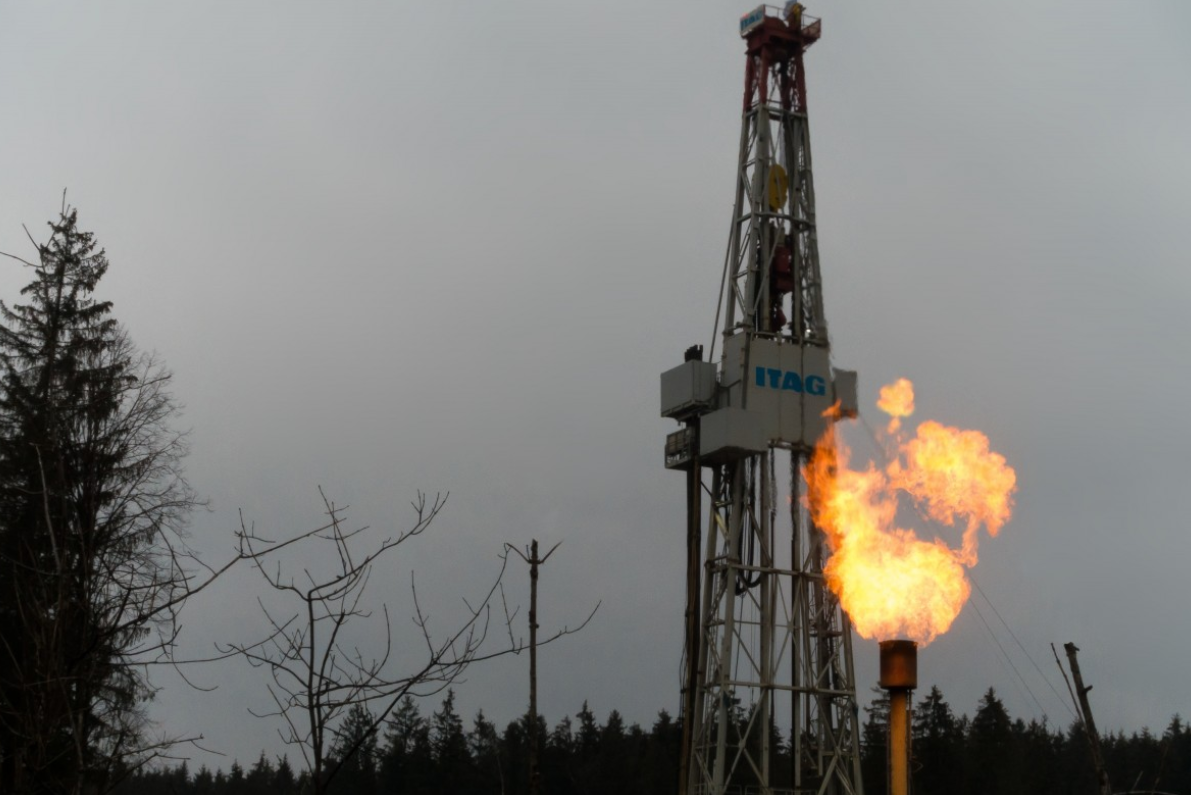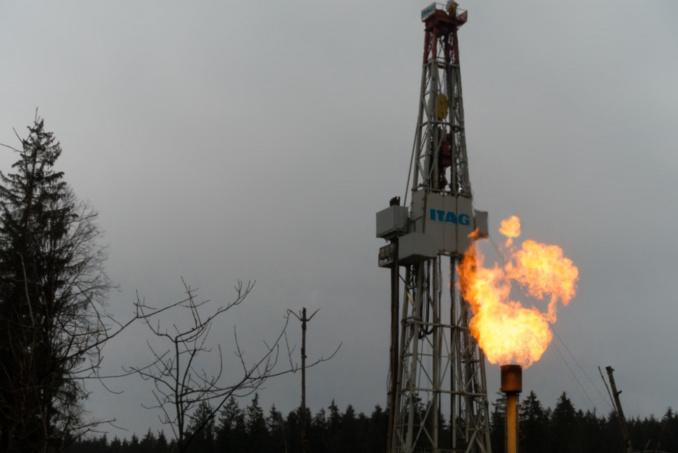The current rapid growth of unconventional gas production is a result of technology advancements and shorter project start-up and commissioning times.
The proportion of unconventional gas supply in total production has started to increase much more quickly than in the past, reaching 12% last year from 4% in 2020. Analysts anticipated a percentage of 35% for this year.
Oil and gas production has historically been concentrated in the Gulf Cooperation Council region. The region has been forced to explore and develop more unconventional resources as a result of a fall in the number of significant conventional fields in recent years.
Saudi Arabia is a good illustration of this transition because the country wants to completely phase out the use of oil in power generation by 2030 and replace it with a mix of 50% gas and 50% renewable energy. By the end of the decade, domestic gas demand is anticipated to reach 125 billion cubic meters annually.
source: rystadenergy.com
The proportion of unconventional gas supply in total production has started to increase much more quickly than in the past, reaching 12% last year from 4% in 2020. Analysts anticipated a percentage of 35% for this year.
Oil and gas production has historically been concentrated in the Gulf Cooperation Council region. The region has been forced to explore and develop more unconventional resources as a result of a fall in the number of significant conventional fields in recent years.
Saudi Arabia is a good illustration of this transition because the country wants to completely phase out the use of oil in power generation by 2030 and replace it with a mix of 50% gas and 50% renewable energy. By the end of the decade, domestic gas demand is anticipated to reach 125 billion cubic meters annually.
source: rystadenergy.com



















